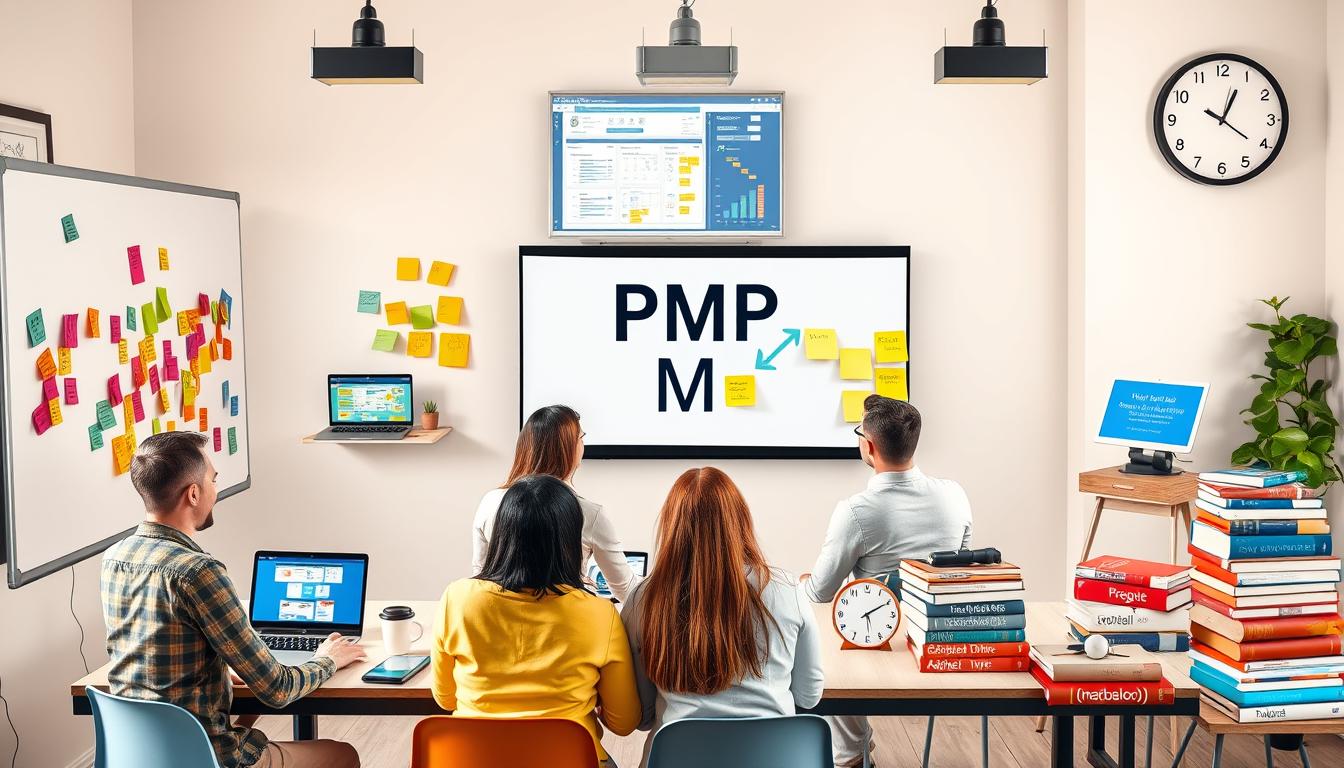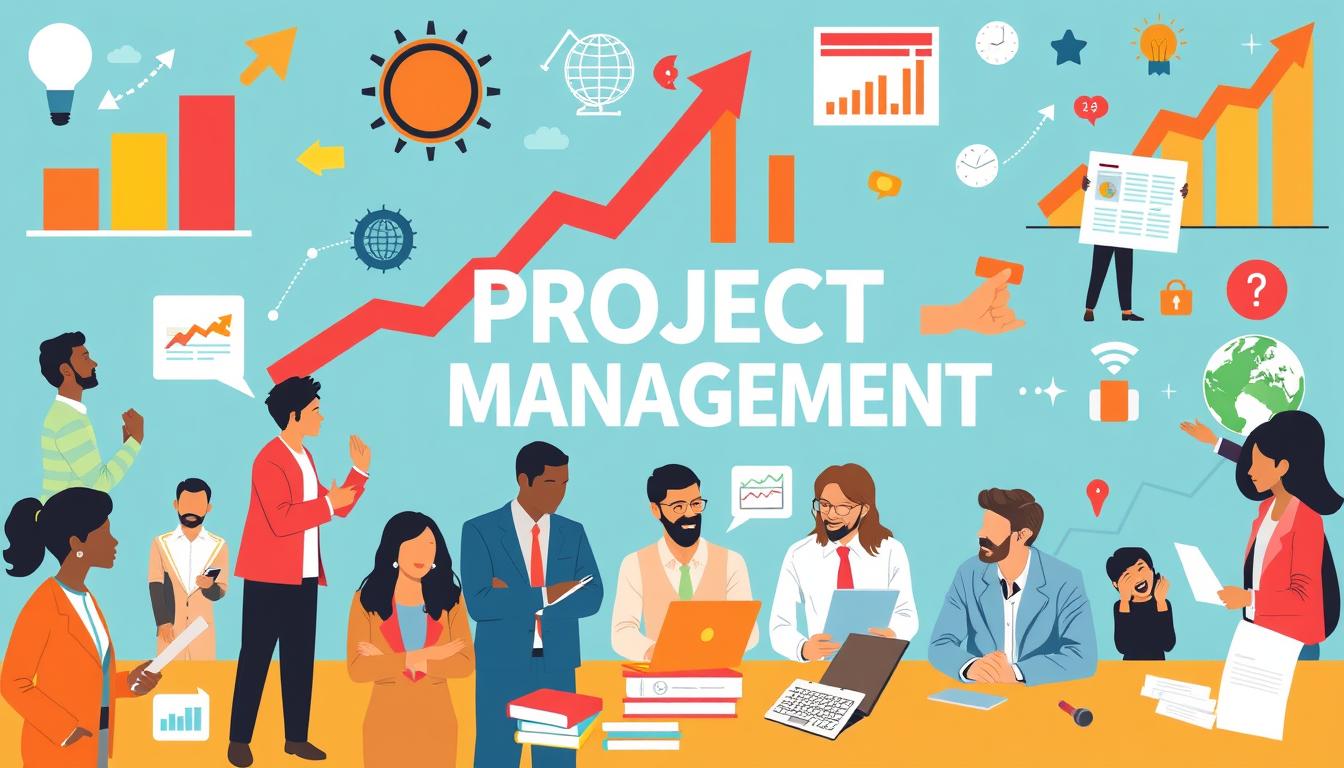Requirements Traceability Matrix (RTM) is a crucial tool for managing requirements in software development and project management. This matrix helps ensure that all requirements are met as they are translated into design, development, testing, and eventually, delivery. Effective requirements management is integral to the success of software projects, and RTM provides a structured approach to ensure that requirements are tracked throughout the project lifecycle. In this article, we will dive deep into the different aspects of RTM, its creation, importance, challenges, best practices, and future scope.
How to create a Requirements Traceability Matrix (RTM) step-by-step
Creating an efficient RTM involves a structured approach that includes defining the requirements, assigning unique IDs, mapping to design, development, and testing stages, and tracking their status. The following are the steps required to create an effective Requirements Traceability Matrix:
- Step 1: Define all the requirements
- Step 2: Assign a unique identifier (ID) to each requirement
- Step 3: Map each requirement ID throughout the design, development, and testing stages
- Step 4: Track the status of each requirement at each stage
The RTM serves as a link between the requirements and the test cases, providing a systematic way to ensure that all requirements are testable and that all tests can be traced back to a requirement. It is essential to ensure that the RTM is updated regularly as the project progresses to ensure that all requirements are met and tested.
One of the benefits of using an RTM is that it helps to identify any gaps or inconsistencies in the requirements. By mapping each requirement to the corresponding design, development, and testing stages, it becomes easier to identify any missing or incomplete requirements. This, in turn, helps to ensure that all requirements are met and that the final product meets the needs of the stakeholders.
Another important aspect of creating an RTM is to ensure that it is easily accessible and understandable by all stakeholders. This means that the RTM should be well-organized, with clear and concise information that is easy to navigate. It is also important to ensure that the RTM is regularly reviewed and updated to reflect any changes in the project requirements or scope.
The importance of RTM in software development and project management
The RTM is crucial in software development projects as it provides a structure to manage requirements and ensures that they are tracked and met throughout the project lifecycle. Effective requirements management leads to better project planning, timely delivery, and higher quality software.
The RTM helps project teams to avoid the common pitfalls of projects, such as scope creep, changing requirements, and missed deadlines. It helps in traceability and accountability, ensuring that all requirements are met, and their status is transparent to stakeholders.
Another benefit of using RTM in software development is that it helps in identifying potential risks and issues early on in the project. By having a clear understanding of the requirements and their dependencies, project teams can anticipate and mitigate risks before they become major problems. This proactive approach can save time and resources in the long run and ensure that the project stays on track.
Moreover, RTM can also facilitate communication and collaboration among project stakeholders. By having a centralized document that outlines all the requirements and their status, project teams can ensure that everyone is on the same page. This can help in avoiding misunderstandings and conflicts, and ensure that the project is aligned with the stakeholders’ expectations.
Exploring the components of an effective RTM
The components of an effective RTM include unique requirement IDs, test cases, the status of each requirement at each stage of the project, and links to design and development artifacts.
The unique requirement IDs help in mapping the requirements throughout the project lifecycle, while test cases provide a way to test the requirements and ensure that they are met. The status of each requirement at each stage helps in identifying bottlenecks and issues early in the project, which can then be addressed to keep the project on track. Links to design and development artifacts help in traceability and accountability, where stakeholders can link each requirement to its corresponding design or development artifact.
Another important component of an effective RTM is the ability to track changes made to requirements throughout the project. This helps in maintaining a record of all changes made to requirements, and ensures that all stakeholders are aware of any modifications made. Additionally, having a clear and concise description of each requirement is crucial in ensuring that all team members have a common understanding of what is expected. This can help in avoiding misunderstandings and delays in the project.
Tips for maintaining and updating your RTM to ensure accuracy and completeness
Maintaining and updating the RTM is critical for ensuring its accuracy and completeness. The following are some tips for maintaining and updating your RTM:
- Regularly review the RTM and update it in real-time as the project progresses
- Track changes to requirements, ensuring that the RTM is always up-to-date
- Ensure that the RTM is accessible and transparent to stakeholders
- Define roles and responsibilities for maintaining the RTM
- Automate the RTM creation and update process using tools where possible
Another important tip for maintaining and updating your RTM is to ensure that it is aligned with the project scope and objectives. This means that any changes to the project scope or objectives should be reflected in the RTM to ensure that it remains accurate and relevant.
It is also important to involve all relevant stakeholders in the maintenance and updating of the RTM. This includes project managers, business analysts, developers, and testers. By involving all stakeholders, you can ensure that the RTM is comprehensive and reflects the needs of all parties involved in the project.
Common challenges faced when implementing RTM in requirements management
Implementing RTM in requirements management can be challenging, and the following are some common challenges:
- Defining requirements accurately, ensuring that they are clear, concise, and complete
- Allocating sufficient resources for RTM management and update
- Defining processes for RTM creation and update
- Ensuring that all requirements are testable and reporting on those that are not
- Ensuring that the RTM is transparent and accessible to stakeholders
Another challenge that can arise when implementing RTM in requirements management is the lack of alignment between the RTM and the project scope. It is important to ensure that the RTM is aligned with the project scope and that all requirements are captured in the RTM. Failure to do so can result in missed requirements and project delays.
Additionally, maintaining the RTM can be a challenge, especially when requirements change frequently. It is important to have a process in place for managing changes to requirements and updating the RTM accordingly. This can help ensure that the RTM remains accurate and up-to-date throughout the project lifecycle.
How RTM can improve communication and collaboration between stakeholders in a project
RTM can improve communication and collaboration between stakeholders in a project by providing a shared understanding of the requirements, their status, and traceability. The RTM helps in breaking down silos and ensuring that all stakeholders are aware of the progress of requirements and the project’s status.
It enables effective communication and collaboration among project teams, stakeholders, and partners. RTM promotes a culture of accountability, which ensures that everyone knows what they are responsible for and what their deliverables are. It provides a traceable and transparent view of the project, which promotes trust and confidence among stakeholders.
Another benefit of using RTM is that it helps in identifying potential risks and issues early on in the project. By having a clear understanding of the requirements and their status, project teams can identify any gaps or inconsistencies that may lead to delays or other issues. This allows for timely mitigation and resolution of any potential risks, which can save time and resources in the long run.
Furthermore, RTM can also improve the quality of the final product or service. By ensuring that all requirements are met and properly tested, the project team can deliver a product that meets the needs and expectations of all stakeholders. This can lead to increased customer satisfaction and loyalty, as well as a positive reputation for the organization.
The role of RTM in Agile methodologies for software development
RTM plays a vital role in Agile methodologies for software development. Agile requires iterative development, which means that requirements must be well defined and traceable for each iteration. The RTM provides a way to track requirements throughout the iterations, ensuring that all requirements are met, and the project stays on track.
The RTM is an essential tool for Agile as it provides a way to manage changing requirements, ensure continuous feedback, and promote transparency and collaboration among Agile teams.
Comparing different types of RTMs – Basic, Advanced, Hybrid, Customizable
There are different types of RTMs, including Basic, Advanced, Hybrid, and Customizable. The basic RTM entails a straightforward list of requirements and their mapped test cases, while the Advanced RTM includes additional features such as mapping to design artifacts, project stages, and reporting.
The Hybrid RTM combines different RTMs to meet specific project needs, while Customizable RTMs can be tailored to meet specific projects’ unique needs. It is essential to choose the right type of RTM for the project, ensuring that it meets the project’s needs and aligns with its processes and standards.
Best practices for using RTM to achieve successful requirements management
The following are some best practices for using RTM to achieve successful requirements management:
- Define clear and concise requirements
- Allocate sufficient resources for RTM management and update
- Regularly review and update the RTM throughout the project
- Ensure that the RTM is transparent and accessible to stakeholders
- Use automated tools where possible for RTM creation and update
How to integrate RTM with other tools and processes for efficient project management
Integrating RTM with other tools and processes is critical for efficient project management. The following are some ways to integrate RTM with other tools and processes:
- Integration with Test Management Systems to automate test case creation, tracking, and reporting
- Integration with Project Management Systems to track project progress and status
- Integration with Configuration Management Systems to ensure version control and track changes to requirements
- Integration with Collaboration Systems to promote transparency and communication among stakeholders
Real-world examples of successful implementation of RTM in requirements management
There are many real-world examples of successful implementations of RTM in requirements management. For instance, in a software development project, an RTM helped to ensure all requirements were tested, and the project was completed successfully. It enabled the project team to keep track of all the requirements throughout the project, leading to successful delivery on time and within budget.
In another example, an RTM was used in a regulatory compliance project to provide evidence that all requirements were met, and the project complied with industry standards and regulations. This led to the client gaining trust and confidence in the project and its outcome.
The future scope of Requirements Traceability Matrix – what to expect?
The future scope of Requirements Traceability Matrix is extensive, with more tools and automation expected to make the process efficient and reliable. Automation of the entire RTM creation and update process is expected, using Artificial Intelligence (AI), machine learning, and natural language processing.
Tools will become more integrated, leading to seamless management of requirements and efficient project planning and delivery. RTM will become more customizable to meet specific project needs and align with industry standards and regulations.
Understanding the relationship between requirement traceability and regulatory compliance
Requirement traceability is essential in achieving regulatory compliance, as it provides evidence that all requirements are met, and the project complies with industry standards and regulations. The RTM plays a vital role in managing requirements and ensuring that they are traceable throughout the project lifecycle.
The RTM provides a structured approach to requirements management, making it easier to demonstrate compliance and pass audits. It helps project teams to identify and manage risks and maintain compliance with regulatory standards.
Tools available for automating RTM creation and maintenance
There are many tools available for automating RTM creation and maintenance. Automation improves efficiency and reliability while reducing the chances of errors and missed requirements. Some of the tools available include:
- JIRA
- Microsoft Excel
- Visure Requirements
- QACoverage
- Requisite Pro
Automation of RTM creation and maintenance is crucial for efficient requirements management, ensuring that all requirements are met and the project is delivered successfully.




